On the second day Rosh Hashanah, there is a fairly common tradition to enjoy a new fruit and make the shehechiyanu blessing over it. While many families take this opportunity to enjoy pomegranates or pineapple, this can be a great time to also stretch your culinary repertoire and scout out something entirely new: perhaps far away and exotic, or grown close to home but new to your tastebuds.
We love it when Judaism encourages food exploration, and so here’s a few suggestions of exotic fruits to add to your sweet New Year celebration this year! Do you have a favorite?
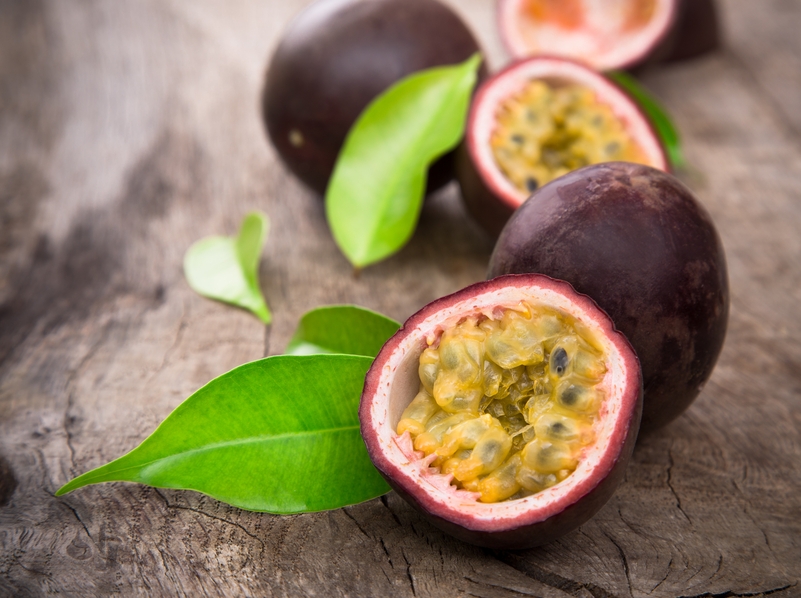
Passionfruit (Granadilla)
This delicious fruit is native to Argentina, Brazil, and Paraguay, and it’s enjoyed worldwide for its tart and tangy flavor. Cut it in half and eat the pulpy juice and seeds with a spoon.

Rambutan
This Southeast Asian fruit is named after “messy hair,” and it’s easy to see why! The spines are soft, though, and pose no threat. Cut halfway around the fruit and open it up with your fingers. The fruit pops out easily, but you’ll have to eat around the pit in the middle. Dip in a traditional mix of chili powder and sugar for a sweet kick! Find them fresh or canned in specialty supermarkets.
The Nosher celebrates the traditions and recipes that have brought Jews together for centuries. Donate today to keep The Nosher's stories and recipes accessible to all.
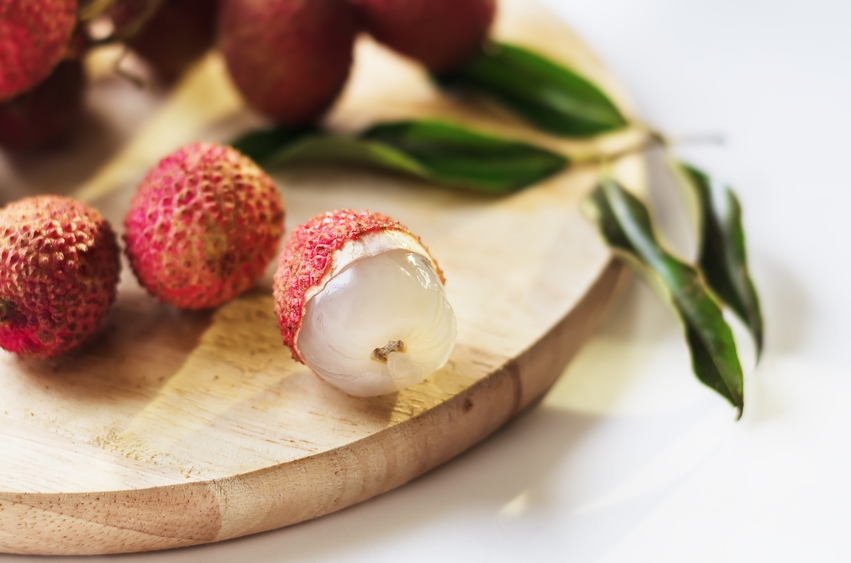
Lychee
Lychees are related to rambutan, and you can eat them the same way. You’ll likely find fresh and canned lychees in Chinatown or an Asian food market.
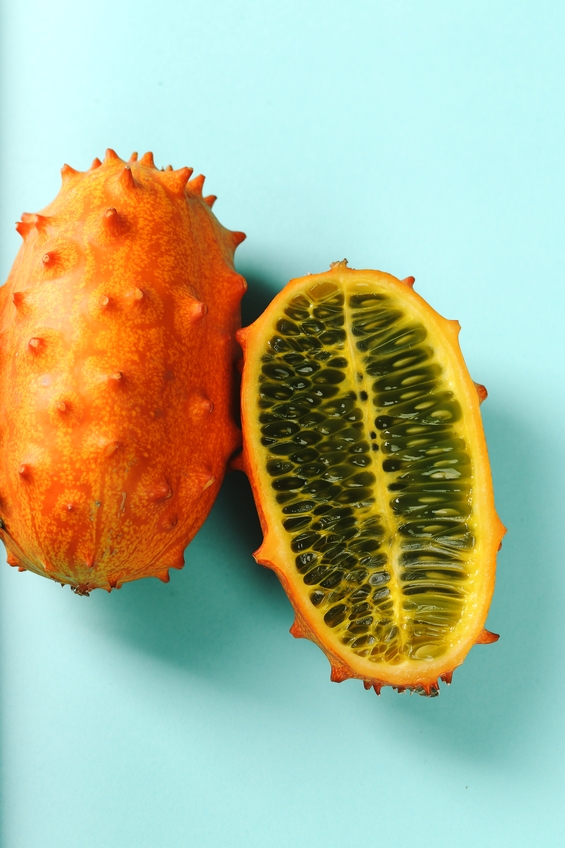
Horned Melon
Native to Sub-Saharan Africa, this blowfish-looking fruit is related to cucumbers and melons. It’s flavor is described as tart like lemons and sweet like bananas, with seeds like cucumbers. Scoop out its jelly-like flesh with a spoon and enjoy! If you find small ones, you may be able to cut them in half and sip from them.
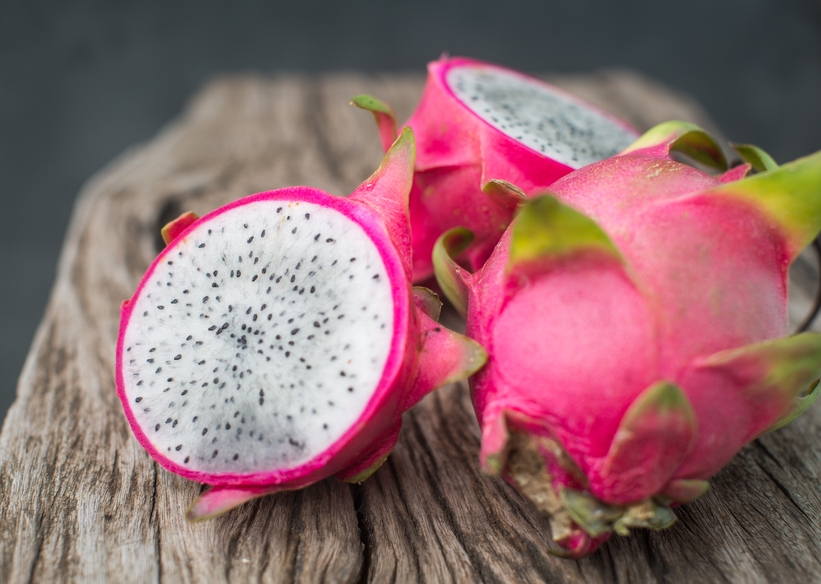
Dragonfruit
Dragonfruit (pitaya) is a cactus fruit, native to Mexico. Its taste and texture is similar to kiwi–you eat the fruit and seeds together. Slice it in half and eat with a spoon, or cut it into slices and peel away the skin.
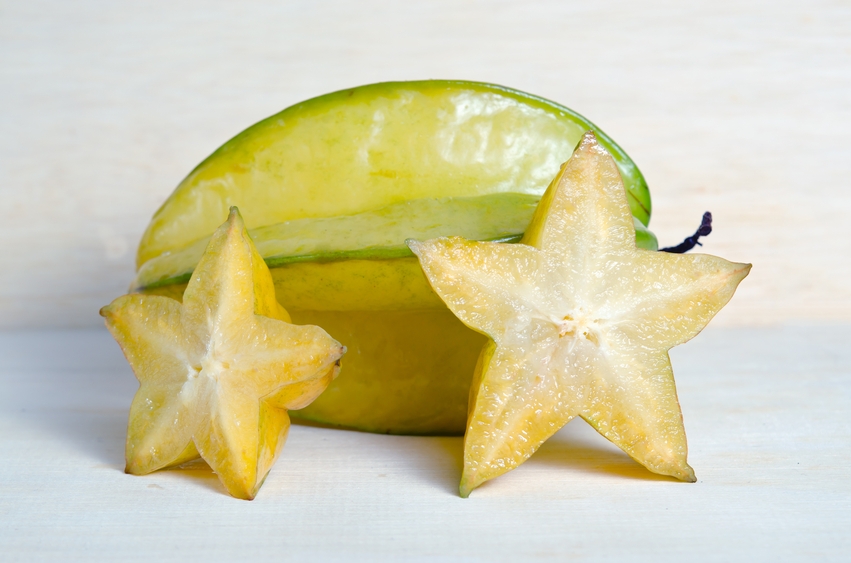
Starfruit
This geometrically striking fruit is native to Southeast Asia. You can eat the entire fruit, skin, seeds and all. Slice into stars for ultimate cuteness.
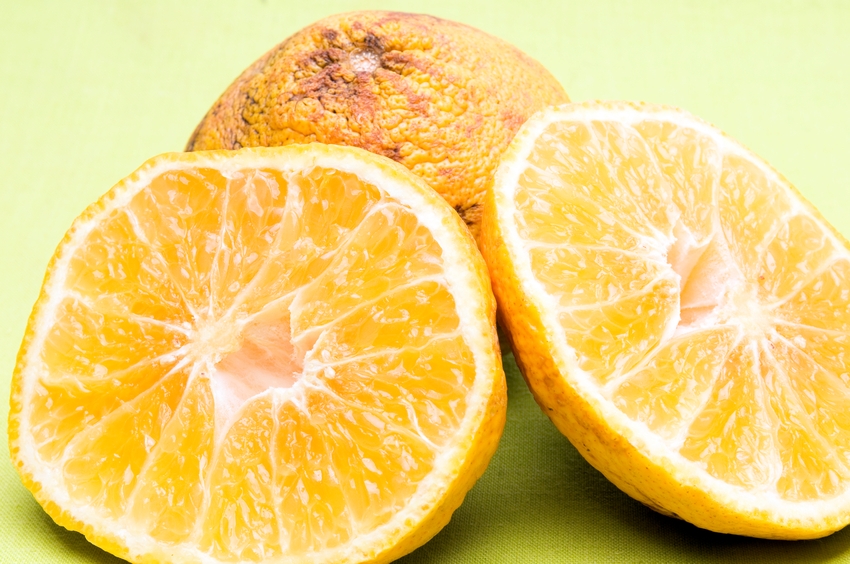
Ugli Fruit
This lumpy-looking citrus fruit is a hybrid of a grapefruit, a tangerine and an orange, and it tastes sweet and slightly bitter, exactly how you’d imagine. It was discovered growing wild in Jamaica. Cut into slices, or peel the rind and enjoy.
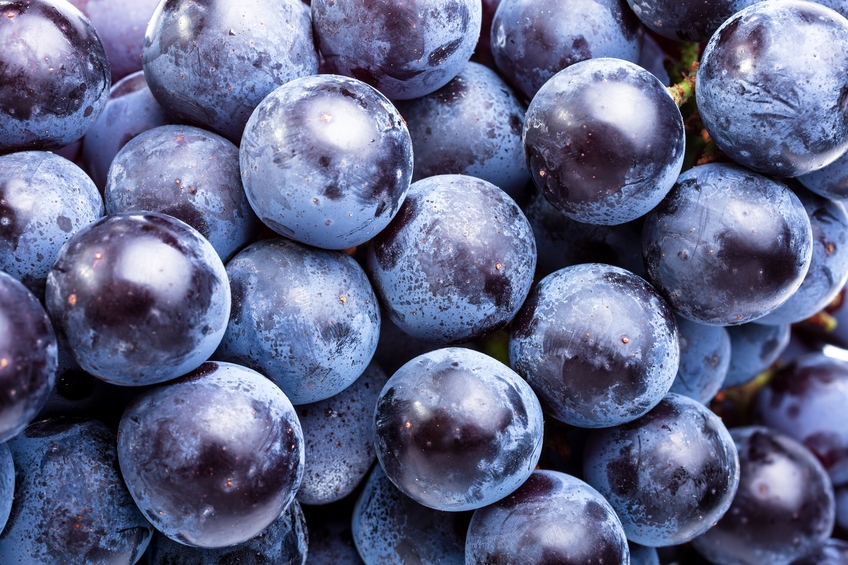
Local New Fruits
If you’re in the Northern Hemisphere and prefer to keep it local, you can celebrate the new year with locally-grown “new fruits” whose season is emerging. Visit the farmer’s market and pick up some berries, grapes or plums that have just been picked. Here are some “new fruits” that we’re seeing here in New York:
Concord Grapes
These famous grapes were first cultivated in the mid-19th century in Concord, Massachusetts. Their ancestors were wild grapes of the Northeast. If you don’t mind the hard seeds in the middle, you’re sure to fall in love with this sweet and sour treat.
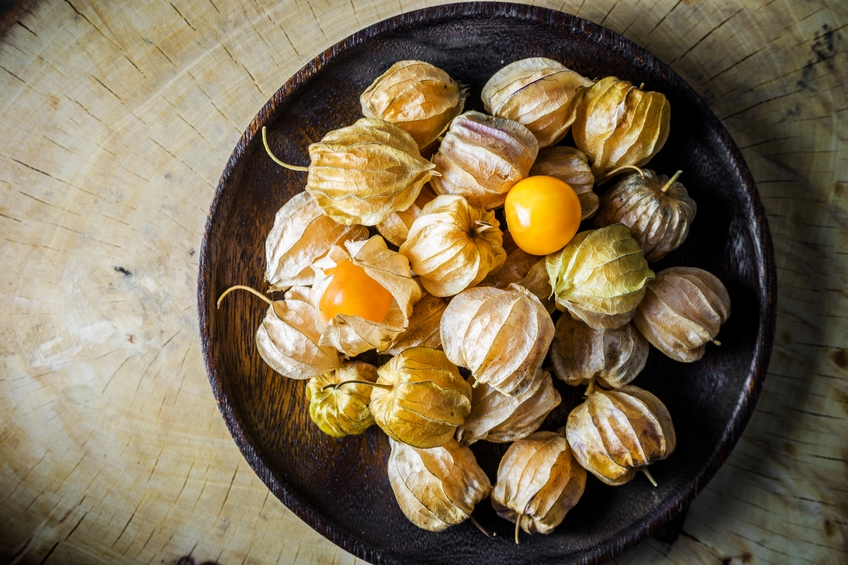
Husk Cherries
You’ll have to show up at your market early for these–they go fast! They’re related to gooseberries and tomatillos, hence their paper lantern-like husks. The berries inside taste like mild, tropical tomatoes.
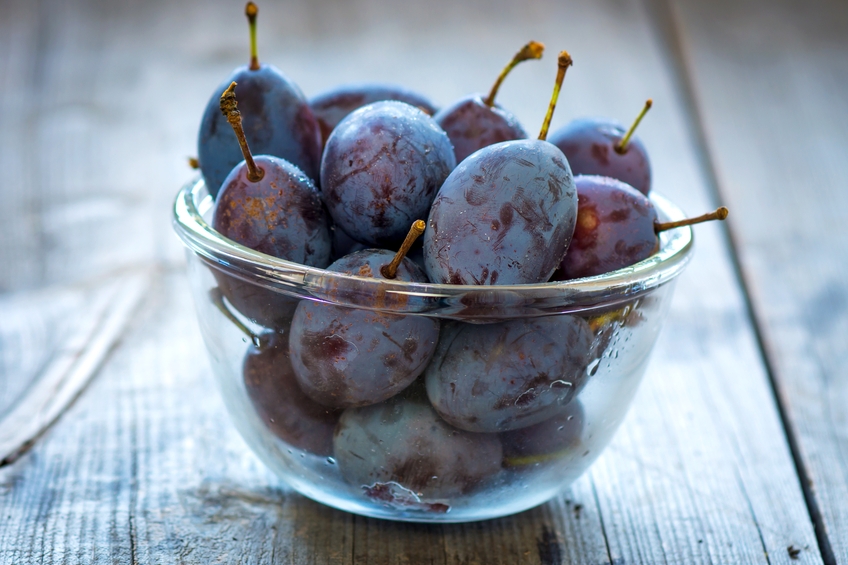
Plums
Plums are everywhere this time of year in dozens of varieties and colors. We love the Damson plums (above).
Rosh Hashanah
Pronounced: roshe hah-SHAH-nah, also roshe ha-shah-NAH, Origin: Hebrew, the Jewish new year.



